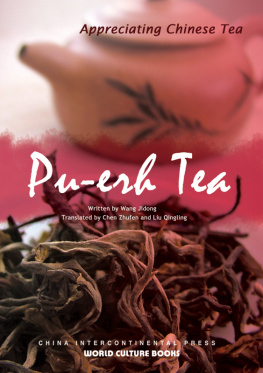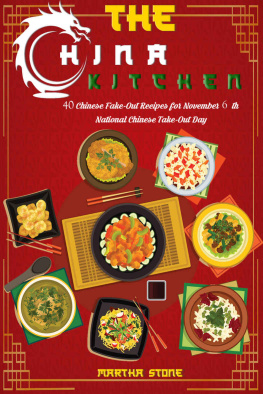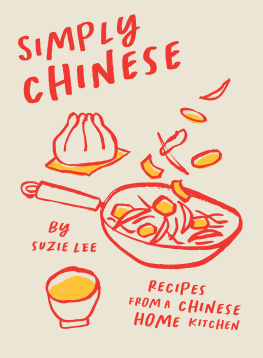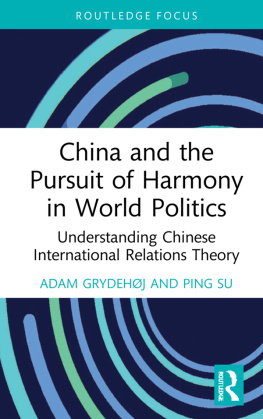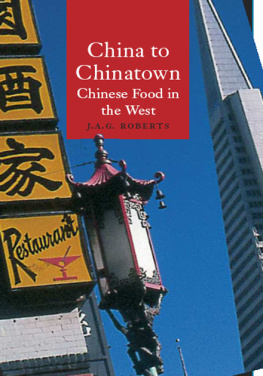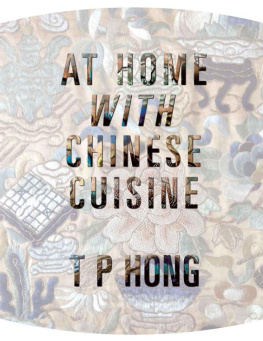Thanks to Jing Xiaomin, Li Mei, Madhumita Bardhan Sinha, Wang Li, Lisa Zhang and Suodi Song for their tireless efforts to make the project possible.
Since the first cup brewed almost 5,000 years ago, green tea's popularity has increased to the point that it is presently the second most popular beverage in the world. As the name suggests, the tea is green in color.
At first glance, all brewed tea appear the same, but a connoisseur is able to identify the different varieties of green tea through the appearance and color of the dried teathe flat Long Jing tea; the snail shell-like outwardly curling Bi Luo Chun tea and the bamboo-green Zhu Ye Qing, all tell their own stories. The varied flavors of green tea, such as Bi Luo Chun tea's aroma of flowers and fruits; An Ji White Tea's fresh and mellow taste and the Yunnan big-leaf tea's impressive aftertaste that becomes sweeter with subsequent brewing add to the unique charm of green tea.
After being harvested, the fresh tea buds and leaves are processed into the tea that we see, taking care to retain the authentic flavor of the leaves. Despite the apparent differences between all its varieties, its simple and elegant nature is common to all green tea.
Each sip of the tea is a discovery in itself. Appreciate the "dance of leaves" while sipping a cup of green tea. You will find tranquility and peace even amid the humdrum of life.
Li Mei
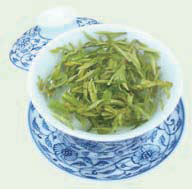
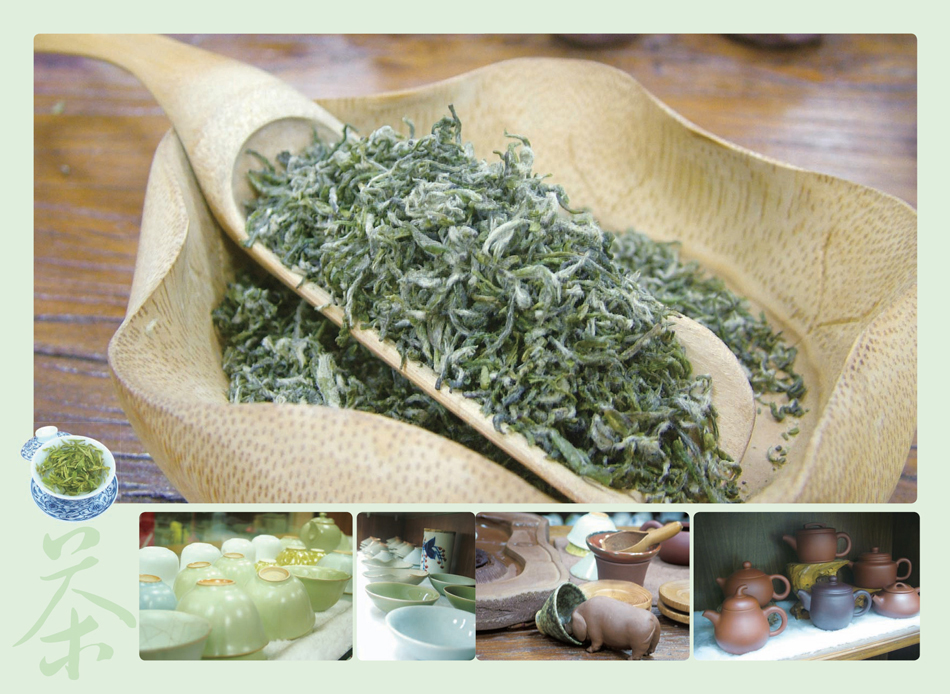
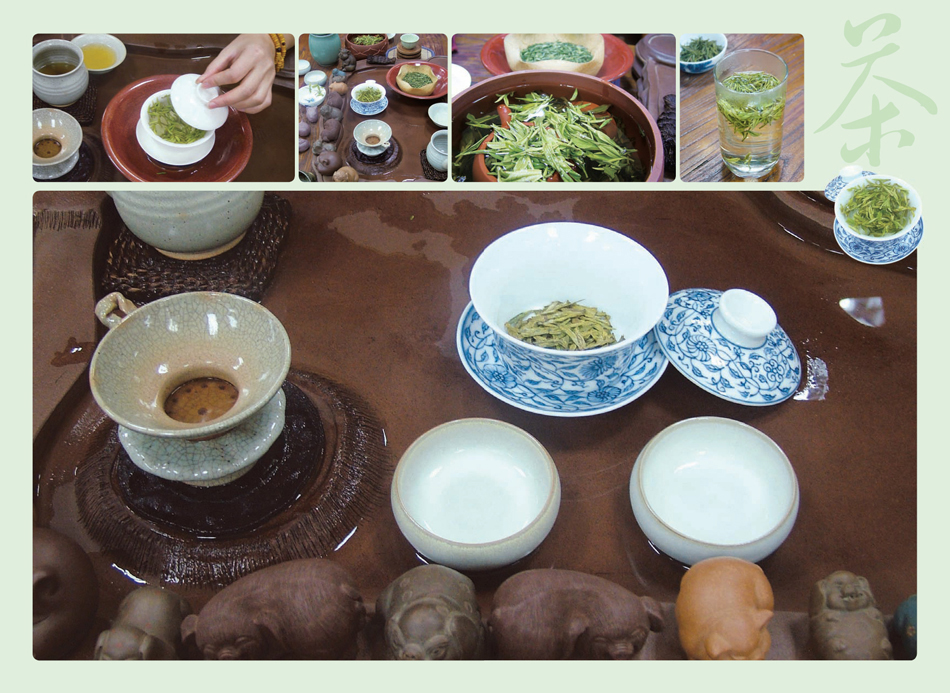
Introduction to Green Tea
Part 1
Chinese tea may be classified in many ways. Categorizing according to processing techniques, we have the basic tea group and the reprocessed tea group. Basic tea group includes green, yellow, white, blue (Oolong), black and dark tea. Green tea is the closest to nature among all tea types.
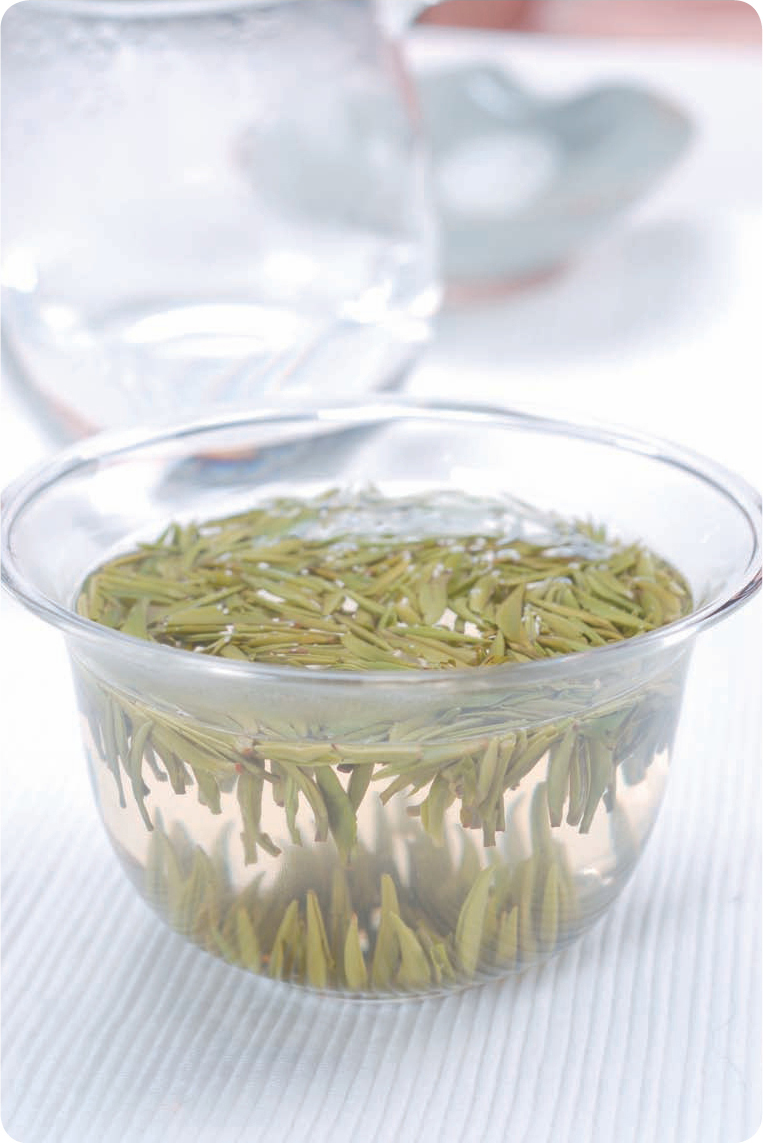
1. Production Areas of Green Tea
Green tea is the earliest tea processed and consumed in China. It accounts for approximately 70% of China's total tea yield. In the international green tea market, China's contribution is 70% or greater.
At present, tea plantations are found in 20 provinces, autonomous regions and municipalities including Yunnan, Guizhou, Sichuan, Chongqing, Hainan and Taiwan. The production areas are spread across more than 1,000 counties including Anhui, Jiangxi, Hunan, Hubei, Guizhou, Sichuan and Chongqing as the major areas, with relatively low yield from Guangdong, Guangxi, Fujian, Taiwan, Hainan, etc. Henan, Shandong and Shaanxi, north of the Yangtze River, too produce small quantities. In addition, some green tea plantations in northwest Gangsu and Tibet give small yields.
According to their distribution nationwide, China's tea plantations can be divided into four green tea production areas: south of the Yangtze River, north of the river, southwest China and south China.

Green Tea Plantation
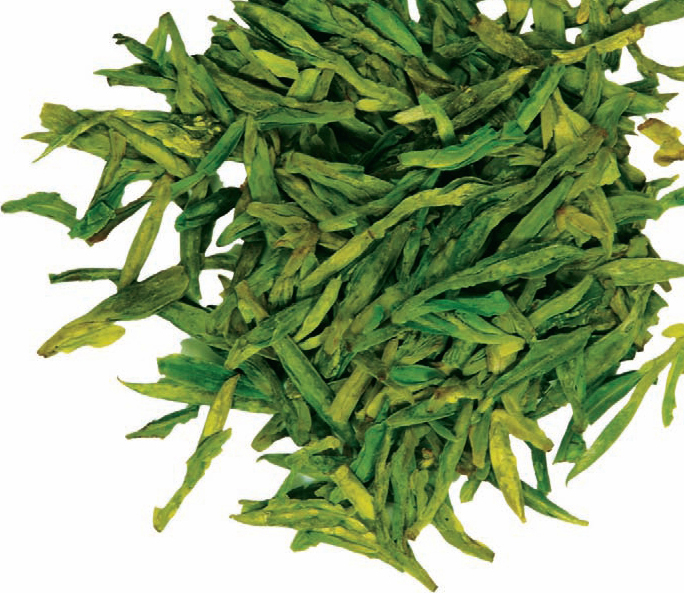
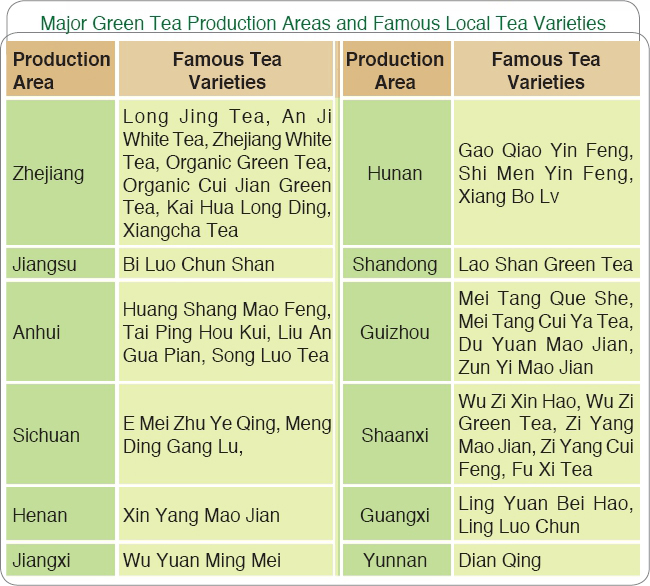
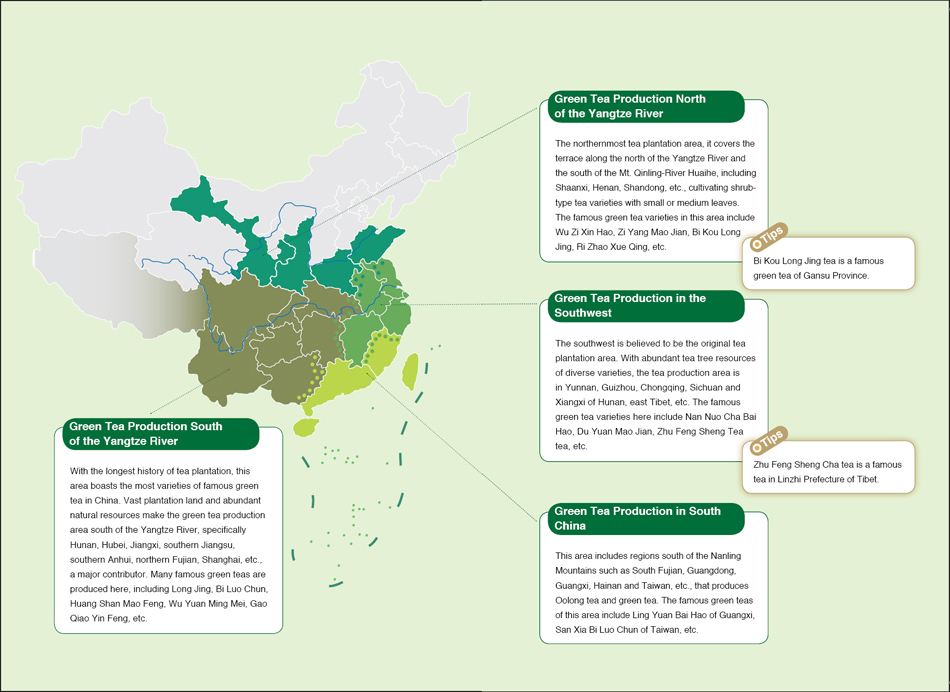
2. Classification of Green Tea
Green tea is basic tea; however, it can be also sub-classified into the basic green tea group and the reprocessed green tea group. The basic green tea group comprises all crude tea and refined tea produced by green tea processing techniques, such as Long Jing, Bi Luo Chun and Huang Shan Mao Feng. The deep-processed green tea belongs to the reprocessed group mainly comprising scented tea, compressed green tea, green tea extract, fruit-flavored green tea, bag green tea, beverage and food with green tea ingredients, and polyphenol preparation with active substances extracted from green tea.

3. Classification of Green Tea by Processes
According to the science of tea, green tea is classified by the process of deactivation and desiccation.
1. Steamed Green Tea
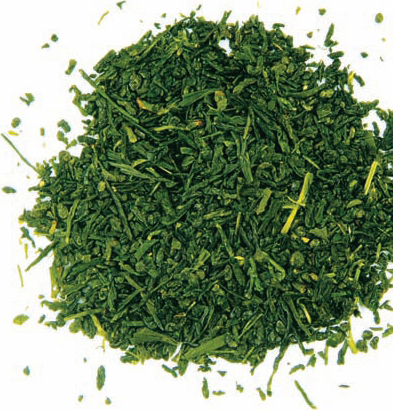
Steamed green tea
The steaming technique for making cake tea was fully developed in the Tang Dynasty (618-907). Chapter Three of the Classic of Tea written by Lu Yu (760 780) records the details. Lu Yu describes: "Pick the fresh leaves on a sunny day, and then steam, roll, pat, bake, pack and envelope. Cured tea cake is ready." As the oldest green tea variety, steamed green tea is still produced today, for example, the Yu Lu Tea from Enshi of Hubei Province.
Steamed green tea is processed through steam deactivation. The tea quality features "three greens," namely, green dried tea, green liquid and green brewed leaves. Most Japanese green tea, such as Sencha, Gyokuro and Tencha are steamed. In recent years, several steamed green tea production assemblies have been established in Zhejiang and Jiangxi, etc. The output is mainly exported to Japan, with a small quantity sold domestically, such as bag steamed tea and green tea powder.
2. Roasted Green Tea
Tea Song Lyrics of West Mountain Temple, a poem by well-known Liu Yuxi of the Tang Dynasty (618-907), is the earliest recordings of roasted tea marking the start of the tea-roasting process. However, at that time, cake tea was more likely the imperial tribute, especially in the Song Dynasty (960-1276) when "Long-Feng Tea Cake" was favored. The tea in bulk was only popular in south China.
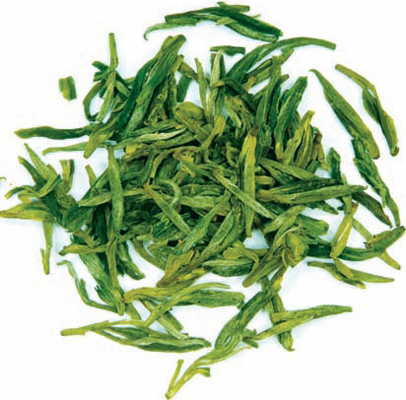
Roasted green tea
Emperor Zhu Yunzhang (Ming Dynasty) issued an imperial edict banning the production of Long-Feng Tea Cake. He proclaimed all tea buds picked were to be paid as the imperial tribute. Then on bulk tea production became popular. Techniques of processing roasted green tea were gradually optimized and famous tea varieties emerged, such as, Long Jing in Hanzhou and Gua Pian in Anhui. Roasted green tea accounts for the maximum portion of green tea in China. Desiccation of this tea can be either on manually operated pans or in roasters. According to the appearance of the dried tea, roasted tea can be classified into three sub varieties: long, round, and fine and tender.


